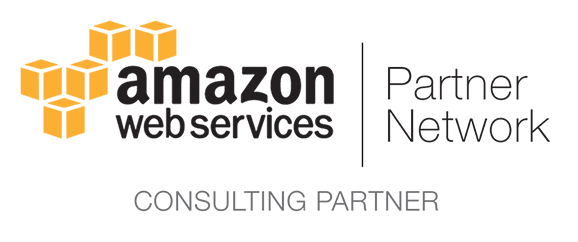As we plunge further into the digital age, the education landscape is transforming at an exhilarating pace. To build a future-ready learning environment, harnessing the right IT solutions is essential. Whether you’re an administrator, teacher, or student, having the right tools can truly elevate your experience. Let’s uncover some of the top education IT solutions that can pave your path to success!
1. Learning Management Systems (LMS)
What Are They?
Learning Management Systems (LMS) are software platforms that help manage, deliver, and track educational courses. They’re essential for both in-person and online learning environments.
Why You Need It:
Centralized Learning:
An LMS provides a single platform where all course materials, assessments, and progress tracking can happen. This centralization simplifies the learning process for both educators and students.
Analytics and Reporting:
With built-in analytics, educators can track student progress, engagement, and performance, allowing for data-driven decisions.
Flexibility:
Whether you’re teaching remotely or in a classroom, an LMS can accommodate various learning styles and needs.
2. Collaboration Tools
What Are They?
Collaboration tools like Google Workspace, Microsoft Teams, and Slack enable real-time communication and teamwork among students and educators.
Why You Need It:
Enhanced Communication:
These tools break down barriers, making it easier for students and teachers to communicate, share resources, and collaborate on projects.
Interactive Learning:
Features like document sharing, video calls, and discussion boards promote active participation and engagement, making learning more dynamic.
Remote Access:
With cloud-based solutions, students can collaborate from anywhere, which is particularly important in today’s hybrid learning environments.
3. Virtual and Augmented Reality (VR/AR)
What Are They?
VR and AR technologies create immersive learning experiences that can simulate real-world environments or augment reality with digital information.
Why You Need It:
Engaging Learning Experiences:
VR can transport students to historical sites or complex environments, making learning interactive and memorable.
Hands-On Learning:
AR can overlay information on physical objects, allowing students to engage with content in a way that enhances understanding, especially in subjects like science and engineering.
Safe Simulations:
For fields like medicine or engineering, VR allows students to practice skills in a controlled environment without the risks associated with real-life practice.
4. Adaptive Learning Technologies
What Are They?
Adaptive learning technologies adjust the learning experience based on individual student needs, preferences, and performance.
Why You Need It:
Personalized Learning:
These systems tailor educational content to each learner, helping to address different skill levels and learning paces.
Improved Outcomes:
By focusing on individual strengths and weaknesses, adaptive learning can lead to better retention rates and academic performance.
Data-Driven Insights:
Educators can access data on student progress and adapt their teaching strategies accordingly, ensuring every learner gets the support they need.
5. Student Information Systems (SIS)
What Are They?
Student Information Systems (SIS) are comprehensive software platforms that manage student data, from enrollment to grades and beyond.
Why You Need It:
Centralized Data Management:
An SIS keeps all student information in one place, making it easier for administrators to manage records and track performance.
Streamlined Processes:
From registration to reporting, an SIS can automate many administrative tasks, freeing up educators to focus on teaching.
Enhanced Communication:
SIS often includes features for communicating with students and parents, ensuring everyone stays informed about academic progress and important events.
6. Cybersecurity Solutions
What Are They?
As education increasingly relies on technology, cybersecurity has become a crucial aspect of IT solutions in education.
Why You Need It:
Data Protection:
With sensitive student information at stake, robust cybersecurity measures help protect against data breaches and cyber threats.
Compliance and Trust:
Adhering to regulations (like FERPA in the U.S.) is essential for educational institutions. Strong cybersecurity builds trust with students and parents, reassuring them that their data is safe.
Safe Learning Environments:
Ensuring that digital learning spaces are secure encourages students to engage confidently without fear of data theft or harassment.
7. Mobile Learning Solutions
What Are They?
Mobile learning solutions allow students to access educational content and resources via smartphones and tablets.
Why You Need It:
Accessibility:
With mobile learning, students can learn anytime and anywhere, making education more flexible and accommodating for busy lifestyles.
Engagement:
Interactive mobile apps can enhance student engagement through gamified learning experiences, quizzes, and instant feedback.
Real-Time Learning:
Mobile solutions provide immediate access to resources, enabling students to seek information and learn on the go.
Final Thoughts
Creating a future-ready learning environment requires embracing technology and leveraging the right IT solutions. From LMS platforms to VR experiences and robust cybersecurity measures, these tools can significantly enhance the educational experience for both learners and educators.
Are you currently using any of these solutions in your educational setting? Or maybe you’re considering implementing one?
We’d love to hear your thoughts in the comments! Happy learning!






